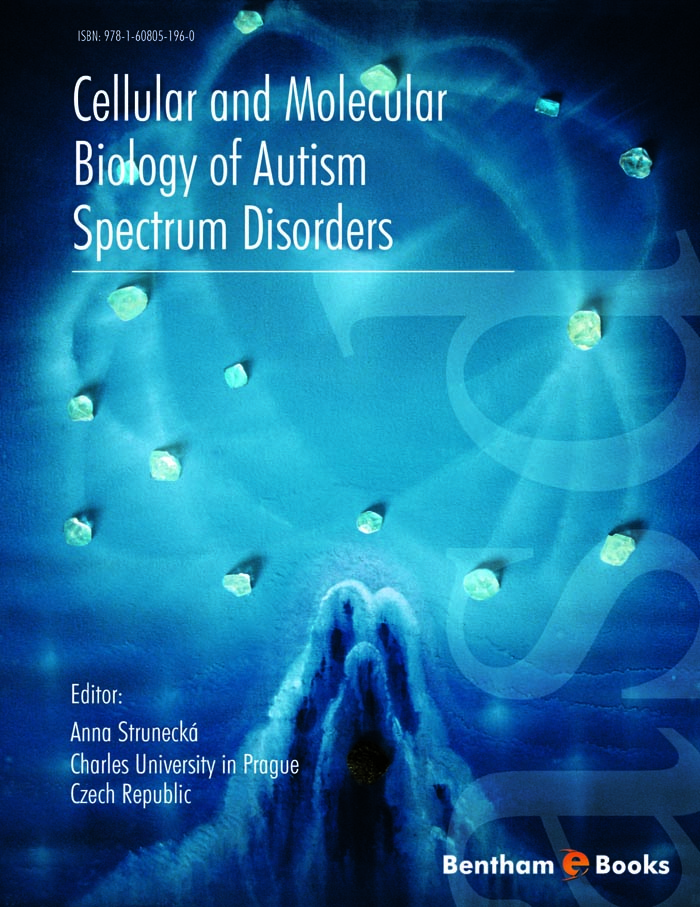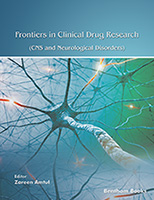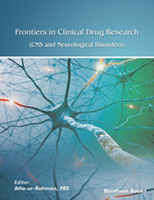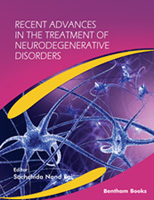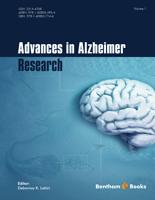The history of the biomedical movement in autism treatment began in the 1960’s when Dr. Bernard Rimland, founder of the Autism Research Institute (ARI), took a monumental step forward by declaring that autism was due to a physiological abnormality rather than a result of poor nurturing by uncaring parents. Soon after his 1964 book, Infantile Autism, was published, he was besieged with letters and telephone calls from parents worldwide who praised his writings and shared their own personal journeys with autism.
Shortly after the publication of this seminal book, Dr. Rimland was astonished at the number of parents who reported observing significant improvements in their children soon after giving them a nutritional supplement. He conducted several formal and informal studies, and concluded that vitamin B6 with magnesium might help up to 50% of the autism population. To date, there are 11 placebo-controlled studies supporting the efficacy of vitamin B6 and magnesium as a treatment for autism. Another biomedical-related intervention, reported by Dr. Rimland in the 1970s, was the importance of restricted--and healthy diets.
Over the years, parents as well as clinicians continued to write to Dr. Rimland about their experiences; in turn, ARI would share this information with research scientists and clinicians around the world.
The year 1995 was a turning point in the biomedical field; Dr. Rimland, along with two of his close colleagues, Drs. Sidney Baker and Jon Pangborn, convened the first international think tank on autism. Over 30 researchers and clinicians were invited to meet for two-and-a-half days. Toward the end of the meeting, they agreed on the importance of investigating gastrointestinal (GI) and immune system problems more deeply, to better understand and treat individuals on the autism spectrum.
2010 has also been an important one for the biomedical field. The American Academy of Pediatrics’ journal, Pediatrics, published a consensus report on the state-of-the-art research on GI problems associated with autism. A few months later, a large-scale multi-center survey involving 1,185 children and teenagers on the autism spectrum showed that nearly half (45%) had one or more forms of GI problem.
Viewed from a broader perspective regarding the treatment of autism, one of the problems in the field is a clash with clinicians and researchers who favor other effective forms of treatment, such as Applied Behavior Analysis (ABA) and sensory interventions. The viewpoint taken by many people in the biomedical field, including those at ARI, is that many, but not all, individuals on the autism spectrum suffer from some type of medical problem, such as GI and/or immune system dysfunction, and these problems can lead to discomfort or pain, cause sensory dysfunction, impede executive functioning, and more. Once the person’s health improves, many of their sensory problems are reduced or are eliminated, and they will be primed to attend, and thus to learn in an educational setting.
Clinicians and researchers worldwide are striving for a global standard of care for individuals on the autism spectrum. We need to recognize their various needs or problems--medical, sensory, and behavioral--but we also need to be cognizant of individual differences in this population. Through networking, communicating, and discouraging politically-oriented science, it will be made possible for individuals on the autism spectrum to reach their true potential, and their quality of life will improve significantly.
Stephen M. Edelson,
Autism Research Institute
USA

